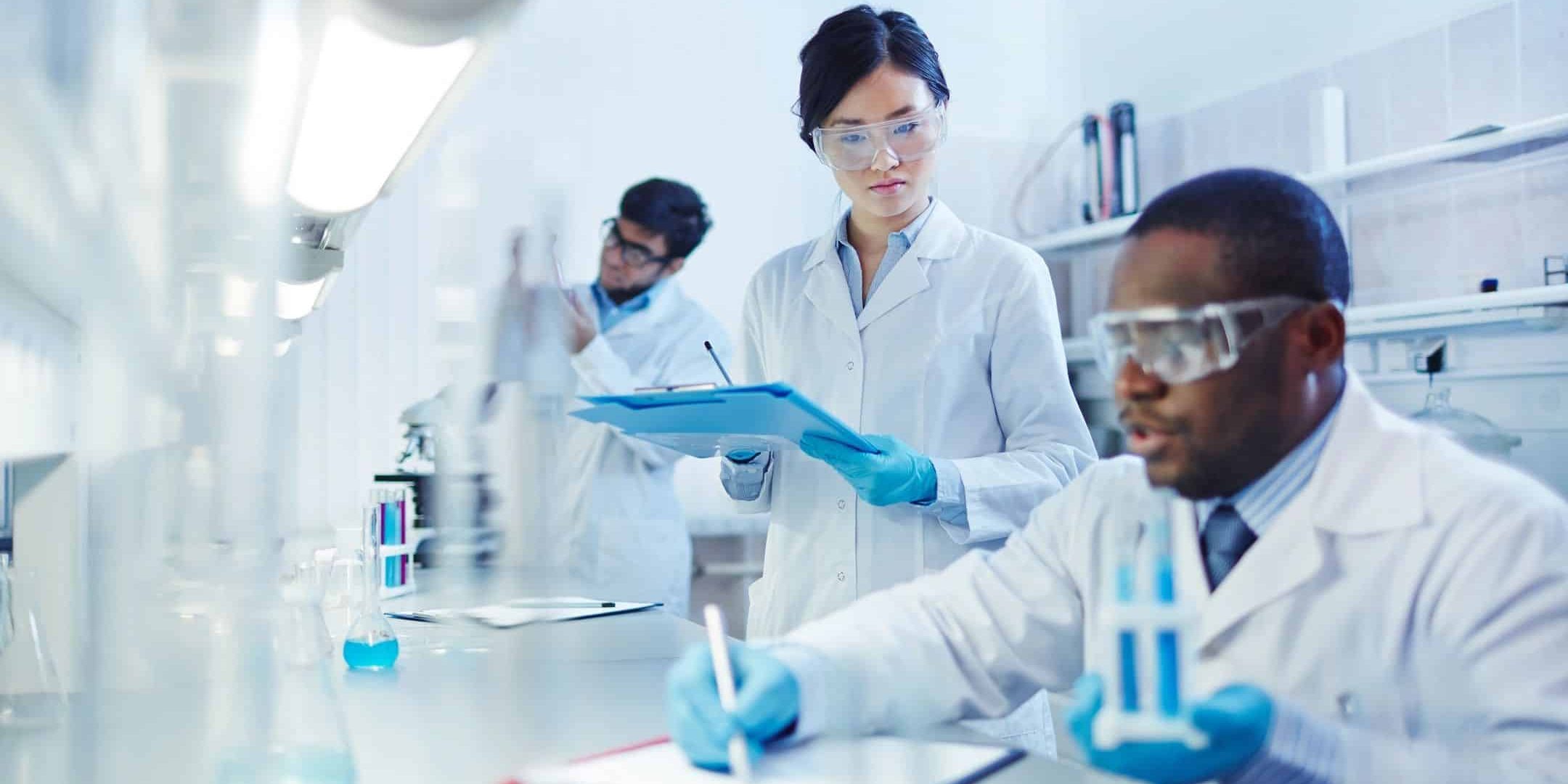Water diagnostics play a crucial role in maintaining the safety and quality of our water supplies. Understanding and implementing effective water diagnostics can protect public health, preserve the environment, and ensure regulatory compliance. This comprehensive guide covers all aspects of water diagnostics, from understanding its importance to exploring advanced testing methods and future trends.
Understanding Water Diagnostics
Definition of Water Diagnostics
Water diagnostics involves the analysis and assessment of water quality to detect contaminants and ensure safety. It encompasses various testing methods and technologies to identify biological, chemical, and physical impurities. Water diagnostics are essential in residential, industrial, and environmental settings to maintain clean and safe water supplies.
Importance of Water Diagnostics
The importance of water diagnostics cannot be overstated. Poor water quality can lead to serious health issues, including gastrointestinal illnesses, reproductive problems, and neurological disorders. Environmental impacts include harm to aquatic ecosystems and wildlife. Furthermore, water diagnostics help ensure compliance with regulatory standards, protecting public health and the environment.
Common Water Contaminants
Water can be contaminated by a variety of substances. Biological contaminants include bacteria, viruses, and parasites that can cause diseases. Chemical contaminants, such as heavy metals, pesticides, and pharmaceuticals, can have toxic effects. Physical contaminants, like sediment and organic matter, can affect water clarity and taste. Understanding these contaminants is key to effective water diagnostics.
Types of Water Diagnostics Tests
Chemical Testing
Chemical testing in water diagnostics involves analyzing water for various chemical substances. Tests for heavy metals like lead and mercury are crucial due to their toxicity. Pesticides and herbicides, commonly found in agricultural runoff, are detected to prevent harmful exposure. Additionally, measuring pH and alkalinity helps maintain water balance and detect potential contamination.
Biological Testing
Biological testing identifies harmful microorganisms in water. Tests for bacteria, such as E. coli and coliforms, are essential for detecting fecal contamination. Viral testing can identify pathogens like norovirus and hepatitis A. Protozoa and parasites, such as Giardia and Cryptosporidium, are also tested to ensure water safety. Assessing microbial activity helps prevent waterborne diseases.
Physical Testing
Physical testing measures water’s physical properties, which can indicate contamination. Turbidity tests assess the cloudiness of water caused by suspended particles. Color and odor tests help detect organic and inorganic contaminants. Testing for dissolved solids, like salts and minerals, provides information on water hardness and quality.
Methods and Technologies in Water Diagnostics
Laboratory Testing
Laboratory testing offers precise and comprehensive water diagnostics. Advantages include access to advanced equipment and expert analysis. Common laboratory techniques involve chromatography, spectroscopy, and microbial culturing. Interpreting lab results requires professional expertise to provide accurate and actionable insights.
Field Testing
Field testing with portable kits allows for on-site water diagnostics. These kits are convenient for quick assessments and immediate results. On-site testing procedures can include colorimetric tests, pH meters, and portable spectrometers. Field testing benefits include rapid detection of contaminants and the ability to test multiple locations efficiently.
Advanced Diagnostic Tools
Advanced diagnostic tools enhance the accuracy and scope of water diagnostics. Techniques like spectroscopy and chromatography offer detailed chemical analysis. Biosensors and nanotechnology provide innovative solutions for detecting specific contaminants at low concentrations. Remote sensing and GIS applications allow for large-scale environmental monitoring and data integration.
Water Diagnostics in Different Settings
Residential Water Testing
Residential water testing is vital for homeowners to ensure safe drinking water. Common issues include lead contamination, high iron levels, and microbial presence. Homeowners can use DIY testing kits for preliminary assessments but should seek professional testing for comprehensive analysis. Addressing water quality issues promptly can prevent health risks.
Industrial Water Testing
Industrial water testing is crucial for manufacturing and processing facilities to maintain compliance with regulations and protect public health. Industries must regularly test for contaminants like heavy metals, organic compounds, and microbial growth. Case studies highlight the importance of rigorous testing protocols to prevent contamination and ensure safe discharge practices.
Environmental Water Testing
Environmental water testing monitors natural water bodies to protect ecosystems and wildlife. Testing for pollutants, such as nitrates, phosphates, and heavy metals, helps assess the impact of human activities on water quality. Long-term environmental health depends on continuous monitoring and proactive measures to mitigate pollution.
Regulatory Standards and Guidelines
International Standards
International standards for water diagnostics, such as WHO guidelines and ISO standards, provide a framework for ensuring water quality. These standards set acceptable limits for various contaminants and outline testing protocols. Comparing standards across countries helps identify best practices and areas for improvement.
National and Local Regulations
National and local regulations, like EPA standards in the US and European Union water directives, mandate specific testing and reporting requirements. Compliance with these regulations ensures public health and environmental protection. Local regulations may address specific regional concerns, such as agricultural runoff or industrial discharge.
Impact of Regulations on Water Diagnostics
Regulations play a critical role in shaping water diagnostics practices. They ensure that water suppliers meet safety standards and protect public health. However, meeting regulatory requirements can be challenging due to the need for advanced testing capabilities and comprehensive data management. Water diagnostics are essential for achieving and maintaining compliance.
Challenges in Water Diagnostics
Access to Testing Resources
Access to testing resources is a significant challenge, especially in rural or low-income areas. The availability of testing facilities, the cost of testing, and the need for specialized training can limit diagnostic capabilities. Addressing these challenges requires investment in infrastructure, subsidized testing programs, and education initiatives.
Accuracy and Reliability of Tests
Ensuring the accuracy and reliability of water diagnostics is crucial. Factors affecting test accuracy include sample handling, testing methods, and equipment calibration. Consistent results require standardized procedures and quality control measures. Common sources of error, such as contamination during sampling, must be minimized.
Emerging Contaminants
Emerging contaminants, such as pharmaceuticals, personal care products, and microplastics, present new challenges for water diagnostics. These substances are not always regulated, making detection and management difficult. Adapting testing methods to identify these unregulated contaminants is essential for protecting water quality.
Innovations and Future Trends
Technological Advancements
Technological advancements are transforming water diagnostics. Developments in testing equipment, such as portable analyzers and automated systems, enhance efficiency and accuracy. Integrating AI and machine learning helps analyze complex data sets and predict contamination trends. Future prospects include real-time monitoring and advanced predictive analytics.
Sustainable Practices
Sustainable practices in water diagnostics focus on reducing environmental impact. Eco-friendly testing methods, such as green chemistry techniques and biodegradable materials, are gaining traction. Reducing waste during testing and implementing sustainable water management practices contribute to long-term environmental health.
Public Awareness and Education
Public awareness and education are critical for effective water diagnostics. Educating communities about the importance of water quality and how to test their water empowers individuals to take action. Community-based testing initiatives and partnerships with organizations can enhance public engagement and resource availability.
Case Studies and Real-world Applications
Successful Water Testing Programs
Successful water testing programs demonstrate the impact of comprehensive diagnostics. Examples include municipal water quality monitoring, school water safety programs, and community-driven testing initiatives. Key takeaways from these programs highlight the importance of collaboration, funding, and public participation.
Innovations in Water Diagnostics
Innovations in water diagnostics are driving improvements in water quality monitoring. Case studies of cutting-edge technologies, such as biosensors for real-time pathogen detection and advanced spectrometry for trace contaminants, showcase the benefits and challenges of implementing new solutions.
Crisis Management
Water diagnostics play a crucial role in crisis management. During contamination events, rapid diagnostics can identify the source and extent of the problem, guiding effective response measures. Long-term recovery and prevention efforts rely on continuous monitoring and improved diagnostic capabilities.
Tips for Effective Water Diagnostics
Choosing the Right Test
Choosing the right test depends on identifying specific needs and understanding the water source. Comparing test methods and selecting appropriate tools ensures accurate results. Consulting with experts or using comprehensive testing kits can help address various contaminants.
Interpreting Test Results
Interpreting test results involves understanding common metrics, such as contaminant levels and health standards. Recognizing safe versus unsafe levels is crucial for taking appropriate action. Seeking professional analysis can provide detailed insights and recommendations.
Maintaining Water Quality
Maintaining water quality requires regular testing schedules, preventative measures, and prompt responses to contamination. Establishing a routine testing plan helps detect issues early. Implementing preventative measures, such as proper filtration and treatment, ensures ongoing water safety.
FAQs About Water Diagnostics
What are the most common water contaminants?
Common water contaminants include biological agents like bacteria and viruses, chemical substances such as heavy metals and pesticides, and physical impurities like sediment. These contaminants can have various health impacts and require different testing methods for detection.
How often should water be tested?
Water testing frequency depends on the setting and potential contamination sources. Residential water should be tested annually, while industrial and environmental water may require more frequent monitoring. Regular testing ensures early detection and management of issues.
Can I test my water at home?
Yes, DIY testing kits are available for home use and can provide preliminary results. These kits test for common contaminants like lead, bacteria, and pH levels. However, for comprehensive analysis and accurate results, professional testing is recommended.
What should I do if my water test shows contamination?
If water tests reveal contamination, take immediate steps to address the issue. Stop using the contaminated water source, inform local health authorities, and seek professional help for remediation. Long-term solutions may include installing water treatment systems or addressing the contamination source.
How reliable are home water testing kits?
Home water testing kits vary in reliability. They can provide useful initial information but may not be as accurate as professional testing. Factors affecting reliability include kit quality, user proficiency, and adherence to instructions. Professional testing is recommended for critical or detailed analysis.
What are the costs associated with water diagnostics?
Water diagnostics costs include testing kits, laboratory fees, and professional services. Prices can range from affordable DIY kits to more expensive lab tests. Factors influencing cost include the number of tests, complexity, and required turnaround time. Reducing expenses can involve bulk testing or community programs.
How do I choose a professional water testing service?
When selecting a professional water testing service, consider factors like certification, experience, and customer reviews. Questions to ask include the scope of testing, methods used, and turnaround time. Ensuring quality and reliability involves verifying credentials and seeking recommendations.
What are the latest advancements in water diagnostics technology?
Recent technological advancements in water diagnostics include portable analyzers, biosensors, and AI-driven data analysis. These innovations offer improved accuracy, faster results, and real-time monitoring capabilities. Staying informed about these technologies can enhance water testing practices.
How can communities improve their water diagnostics capabilities?
Communities can enhance water diagnostics by implementing community-based testing initiatives, partnering with organizations, and securing funding. Public education and awareness programs also play a crucial role in encouraging proactive water quality monitoring and management.
What role do governments play in water diagnostics?
Governments establish regulations and standards for water quality, support public testing programs, and enforce compliance. They provide resources and infrastructure for water diagnostics and play a critical role in protecting public health and the environment through effective water quality management.
Conclusion
Water diagnostics are essential for ensuring clean and safe water for all. Understanding the importance of water quality testing, utilizing advanced diagnostic methods, and staying informed about regulatory standards can help protect public health and the environment. By prioritizing regular water testing and implementing preventative measures, we can ensure a sustainable and healthy future for our communities.

